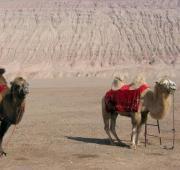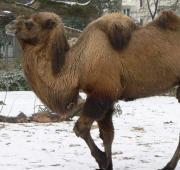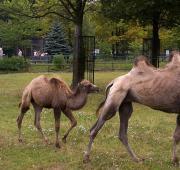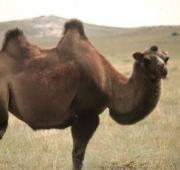 The bactrian camel is better known as being the type of camel with two humps. There are only two surviving species of camel remaining, the single humped camels from the Middle East and the bactrian (double humped) camel from Northern Asia.
The bactrian camel is better known as being the type of camel with two humps. There are only two surviving species of camel remaining, the single humped camels from the Middle East and the bactrian (double humped) camel from Northern Asia. There are thought to be more than a million bactrian camels domesticated worldwide in not just Asia, but also parts of Africa and the Middle East. Camels have been domesticated for around 2,000 years for both pulling/carrying heavy loads but also for transporting both humans and merchandise.
There are thought to be more than a million bactrian camels domesticated worldwide in not just Asia, but also parts of Africa and the Middle East. Camels have been domesticated for around 2,000 years for both pulling/carrying heavy loads but also for transporting both humans and merchandise.


The bactrian camels humps work in the same way to the Arabian camels humps, with the bactrian camels humps used for storing fat which can be converted to water and energy when the bactrian camel is unable to find food and water. The bactrian camels humps give the bactrian camels their legendary ability to endure long periods of travel without water, even in harsh desert conditions. As the fat in the bactrian camels humps gets used up, the bactrian camels humps become floppy and flabby.
The bactrian camel is one of the most adaptive animals in the world with the bactrian camel being able to withstand temperatures from 40 degrees Centigrade in the summer to -30 degrees Centigrade in the winter.
Bactrian camels have developed special adaptations to allow the bactrian camel to survive in such a brutal environment. The bactrian camel has a thick, shaggy coat that protects the bactrian camel from the cold in the winter and the bactrian camels coat falls away as seasons change and temperatures rise to allow the bactrian camel to keep cool in the summer.

